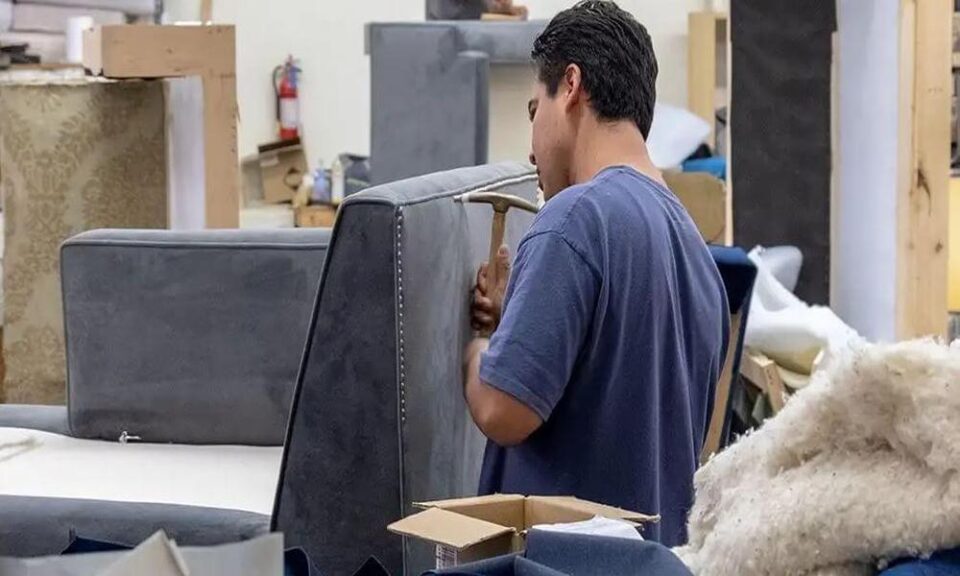When selecting foam filling for a project, there are several factors to be aware of to ensure that you choose the right type of foam for your needs. Here are some things to consider:
- Density: Foam density affects its durability, support, and comfort. Higher-density foam is more durable and provides better support, while lower-density foam is softer and more comfortable.
- Compression: Foam compression is how much weight it can support before it begins to lose its shape. It’s important to choose foam with the appropriate compression level for your needs.
- Firmness: The firmness of foam affects its comfort level. Different types of foam have different firmness levels, so it’s important to choose the one that is appropriate for your project.
- Flame Retardancy: If you are using foam in a project that will be near heat sources, make sure to select foam with the appropriate flame retardancy rating.
- Chemical Sensitivity: Some types of foam are more sensitive to certain chemicals than others. If you will be using chemicals around the foam, make sure to choose a type of foam that is compatible with those chemicals.
By considering these factors, you can choose the right foam filling for your project and ensure its longevity and performance.
A Comparison of Different Types of Foam Fillings
Foam fillings are used in a variety of products, from mattresses to cushions and car seats. There are different types of foam fillings available in the market, each with its unique characteristics.
One of the most common types of foam filling is polyurethane foam. It is versatile and available in different densities, making it suitable for various applications. However, it tends to break down quickly and can lose its shape over time.
Memory foam, on the other hand, is known for its ability to contour to the body’s shape, providing excellent support and pressure relief. It is often used in mattresses and pillows for this reason. However, it can retain heat, making it uncomfortable for some users.
Latex foam is a natural alternative to synthetic foam. It is eco-friendly and durable, providing excellent support and pressure relief. However, it can be expensive compared to other foam fillings.
How to Choose the Right Type of Foam Filling
- Density: The density of foam affects its durability and comfort. High-density foam is more durable and long lasting, while the low-density foam is less expensive and less durable.
- Firmness: The firmness of foam affects its comfort level. A soft foam is more comfortable, while a firm foam is more supportive.
- Compression: Compression refers to how much the foam can be compressed and still bounce back to its original shape. This is important for applications where the foam will be under pressure.
- Open or closed-cell structure: Open-cell foam is soft and breathable, while the closed-cell foam is more rigid and durable.
- Fire resistance: If the foam will be used in applications where fire resistance is required, it’s essential to choose foam with the appropriate fire resistance rating.
Overall, it’s important to consider the specific requirements of your application and choose foam that meets those needs while also staying within your budget.

